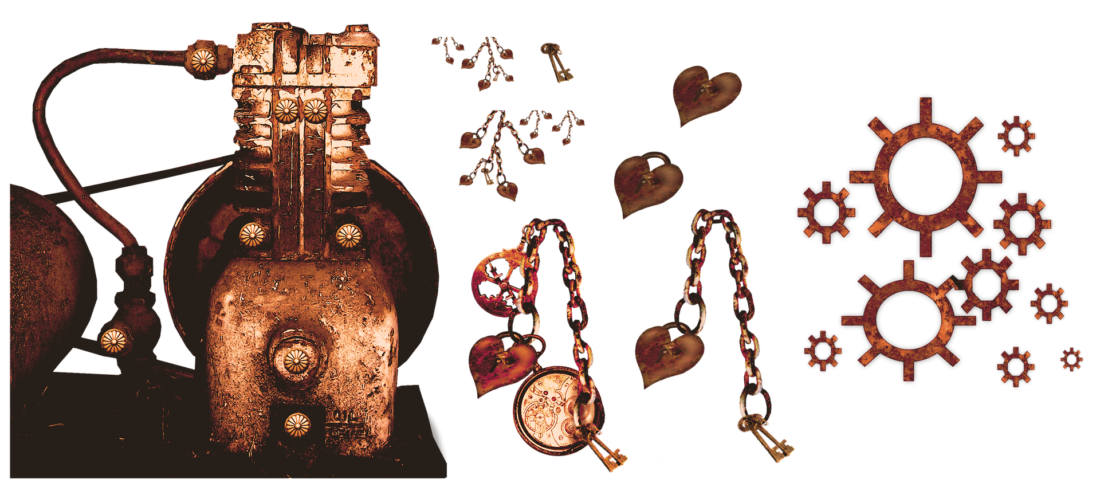
The term electroforming sounds like something out of a sci-fi movie, but what most people do not realize is that they must have come across the concept before. At the very least must have seen an electroformed object somewhere before without knowing. Many types of jewelry are made using the electroforming process. It is also widely used as a coating on machines, or pieces of equipment such as a variable attenuator.
In this article, you will learn some of the disadvantages that make the process of electroforming difficult.
To properly understand the concept of electroforming, here is a comprehensive definition by the website Corrosionpedia which defines Electroforming as “A metal forming process that is widely used to develop and manufacture metal parts that can be used on a specific machine or piece of equipment. The resulting metal parts are formed with the aid of electrodeposition or electroplating on a model that is also known as a mandrel.”
The electroforming technique has been particularly effective for producing metal parts and components used in micro or nano-size metallic devices due to its great accuracy and near-zero material loss. With the help of electricity and electrodes, electroforming is very useful in turning materials and personal items into metallic components that can be preserved for longer, and function as memorabilia. Using this process, a layer of metal is built around the form of the object, this is what makes electroforming such a popular jewelry-making method.
But what then makes this very useful scientific discovery so difficult?
Given the very specific nature of the process, any slight deviations from the standard electroforming procedure could inevitably damage the entire process. This proves difficult for technicians a lot of the time, causing them to start the process over again when faced with a hiccup.
Here are a few of the most common problems relating to electroforming.
-
Bumpy or uneven result of the electroformed object due to a contaminated solution:
The delicate nature of the chemical solution required for the electroforming process can easily be made obsolete if any foreign component seeps into the solution, and this will inevitably lead to poor results. This is a very common problem that can be prevented through proper sealing of the object to be electroformed, together with a decent filtration system.
-
Issues with Copper Conductive Paint
This problem might occur when the improper paint kind is used or when the paint is applied incorrectly. There are a variety of copper conductive paints available, and it’s critical to select the proper one for the item you’re covering. Make sure you have the right paint on hand if you’re dealing with plastic, for example. Also, remember to check the paint’s packaging to confirm whether it is still within its shelf-life date.
-
Poor electricity connection
This issue may cause your item to appear drab, harsh, and spotty. The worst-case situation is that there is no electroforming at all. However, a faulty electrical connection, such as a slid clip or a clip that doesn’t make full contact, can be simply repaired. A quick fix is to perform a thorough inspection of the entire electrical circuit, paying specific attention to your anode, cathode, and wires.
FOLLOW US ON FACEBOOK
RECENT POSTS
TAGS
About The Memory Hole
You've reached TheMemoryHole.org! A diverse lifestyle blog with content on a variety of different topics to help you define and live the life you want to live! Thanks for stopping by!
Copyright © The Memory Hole. All rights reserved.








